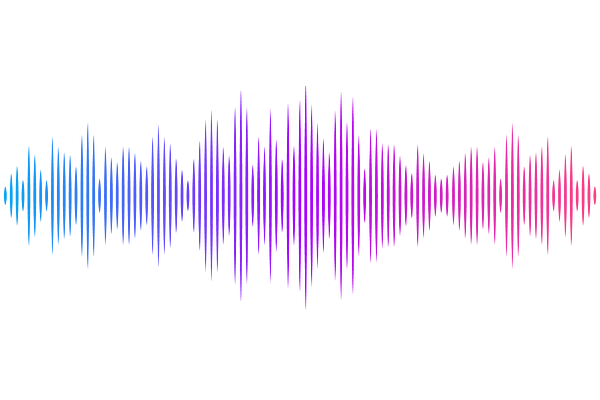A luminescent attenuated SARS-CoV-2 for the identification and validation of drug-resistant mutants

A luminescent attenuated SARS-CoV-2 for the identification and validation of drug-resistant mutants
Ma, Y.; Ye, C.; Khalil, A. M.; Mahmoud, S. H.; Sobolik, E. B.; Greninger, A. L.; Castro, E.; Jackson, N.; Bayoumi, M.; Plemper, R. K.; Martinez-Sobrido, L.
AbstractThe emergence of SARS-CoV-2 variants has necessitated continuous updating of vaccines. In contrast, antivirals remained effective as they target conserved viral proteins that are essential for the viral life cycle. However, several mutations in SARS-CoV-2 that may affect the efficacy of United States (US) Food and Drug Administration (FDA)-approved antivirals have been recently identified. Detecting drug-resistant SARS-CoV-2 mutants and investigating their escape mechanism(s) are critical to guide the selection of effective antiviral therapies. In this study, we constructed an attenuated recombinant (r)SARS-CoV-2 lacking the open reading frame (ORF) proteins 3a and 7b but expressing nanoluciferase (Nluc), rSARS-CoV-2 {Delta}3a7b-Nluc, to facilitate tracking viral infection. Using this virus, we selected drug-resistant mutants to the main viral protease (Mpro) inhibitor nirmatrelvir. After passaging {Delta}3a7b-Nluc 10 times in the presence of increasing concentrations of nirmatrelvir, a virus population with enhanced resistance was selected. We identified two non-synonymous mutations (L50F and R188G) in Mpro, encoded by the non-structural protein 5 (NSP5) gene. Using reverse genetics, we generated rSARS-CoV-2 {Delta}3a7b-Nluc containing the identified L50F and R188G mutations, individually or in combination, and assessed their contribution to nirmatrelvir resistance. Our results indicate that both mutations are involved in escaping from nirmatrelvir. Altogether, our results demonstrate the feasibility of using rSARS-CoV-2 {Delta}3a7b-Nluc variant to identify and validate mutations that confer resistance to FDA-approved antiviral drugs without the concern of conducting gain of function (GoF) experiments with wild-type (WT) forms of SARS-CoV-2.